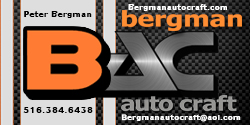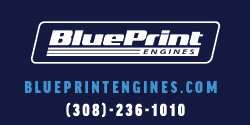The 2.82 number is is their rough measurement of the main diameter and the 2.13 is their rough measurement of the rod journals.
From your rough measurements it does appear to be a 4 inch stroke crankshaft.
Since you have all the answers right now I have another question.
My block says 4.010 + .01 but the box says 360 block .030 over and the KB190 +.030 pistons fit in the cylinder (no rings on them). Does this mean the cylinder walls are actually .030 over? I’ll verify in a couple days when my micrometer and digital caliper show up as well.
















